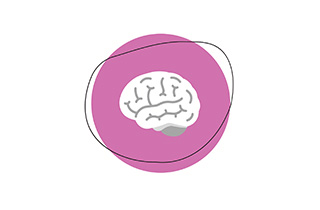From neurosurgery and ICU nurses to nursing students, Mitsumi Masuda RN, PhD of the Japanese Association of Nursing Programs in Universities (JANPU), has been developing and evaluating the use of virtual patient simulations in medical educational programs.
Ms Masuda reports that traditional Japanese medical education has been lead by knowledge-biased education, sometimes considered as a passive learning style of education. Nevertheless, in the opinion of the nursing researcher, the combination of virtual patient simulation, as an active learning method, appears to be an attractive combined strategy in nursing education.

With the research done supporting simulation learning, Ms Masuda believes “nursing simulations are a practical and effective learning method that allows educators and students to experience real clinical practice in a digital environment”.
Even though simulation tools are based on multiple theories, including experience learning theory and instructional design, in the opinion of Mitsumi Masuda this theoretical basis and expertise in teaching material and methodology is extremely helpful.

With Body Interact students feel and learn with realistic sensations
Usually, on the first visit to the emergency department, Ms Masuda aims to provide training in clinical awareness for her students to understand nurses’ thought processes. Training in clinical awareness involves “observing the responses of the patients admitted in the emergency department” and then “discussing nurses critical thinking processes, to understand and learn more about clinical judgment”, she explains.
However, due to the COVID-19 pandemic, rotations were suspended and the access to the hospital was denied to healthcare students. So, to train future nurses in clinical awareness, the emergency department was replaced and delivered through Body Interact. Virtual patients became the solution.
Ms Masuda explains that even with virtual patients arriving into a virtual emergency room, students can feel and learn like they were in a lifelike scenario. Like when managing a real patient, “choosing the appropriate medical intervention will improve his condition and an inadequate intervention can worsen it”, advised the nursing educator.
For the debriefing session Zoom is the chosen platform to debrief the clinical case and the students response and judgment within the scenario and management of the patient outcomes. Also, the reports based on the students clinical decisions are considered as the final confirmation of learning.

How should we improve nursing education into the future?
Due to the rapid adoption of improved learning and training methods now available, Ms Masuda believes it is important to guarantee the delivery of similar and higher levels of learning and education outcomes. At the same time, she believes that it is important to evaluate this year’s lectures and practical training from now on.
From a global perspective, Ms Masuda believes the “social situation and the methods of education will continue to change during and after the COVID19 pandemic”, but the philosophy of nursing regarding critical thinking and patient care and what we convey to the students “will not change”.
Lessons will be learned and a question must remain, concludes the nursing educator: “How should we improve medical education into the future?”.
About Ms Mitsumi Masuda, RN, PhD:
Mitsumi Masuda graduated with a degree in Nursing from Kumamoto University, Japan and worked as a nurse at Juntendo University before undertaking her Ph.D of Nursing at Tokyo Medical and Dental University.








